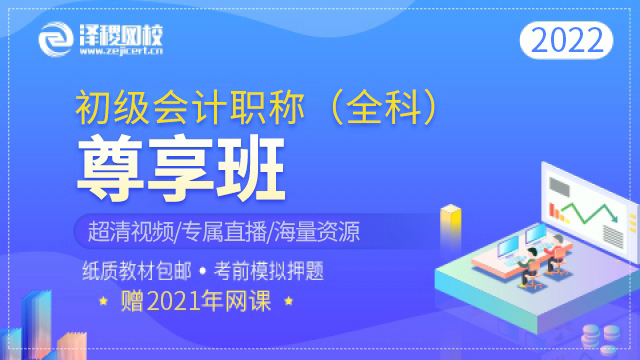Here's our P paper feedback……
P1 Governance, Risk and Ethics
Students said: An ‘OK’ paper, but there were quite a few comments about the fact that the exam seemed to cover just a narrow bit of the syllabus. The worry is with four sittings a year students will see more random things as the examiner tries to cover the whole syllabus
The examiner said: Q1 (50 marks) was on bribery and corruption. Q2 was based on a bank and its manipulation of the London interbank offer rate (LIBOR) an internationally recognised benchmark interest rate which is published every day. The Q3 case study scenario was based on a company who had developed an ambitious plan to help the company emerge from the difficulties it had experienced in recent years. Q4 looked at a qualified accountant acting as an FD of a listed international construction company. They had been jailed for insider trading.
P2 Corporate Reporting
Students said: A time-pressured exam, but one where students actually ‘liked’ the consolidation question. Many students admitted they struggled to identify the issues in Q2 and Q3. One sitter wanted to kick herself for focusing too heavily on consolidation and not enough on the IFRSs and their applications.Previous sitters felt this September’s exam was a much more balanced test.
The examiner said: This exam requires more than the display of rote knowledge of the accounting standards. The examiner said that the performance of candidates in the consolidation question (Q1a) had improved, but candidates were not prepared to the level appropriate for the professional level. Q1 asked candidates to prepare a consolidated statement of financial position for a group with two subsidiaries acquired at the start of the reporting year. The second part questioned the reporting impact of an event that happened after the reporting period. Finally, students had to look at the accounting and ethical implications of the non-consolidation and non-disclosure of a special purpose vehicle. For Q2 candidates had to provide advice to a business on the accounting treatment of a firm operating in a different currency purchased using a local loan, purchase of a subsidiary under a different tax base. Finally students had to look at a contract and the risk of default. Q3 looked at issues around IAS 32, IFRS 5, IFRS 3 and IAS 40. Q4 (current issue) related to the IASB’s disclosure initiative, with a focus on materiality and improvements in the Cash Flow Statement.
P3 Business Analysis
Students said: Time management seemed a huge problem for many sitters. ‘The reading and planning just takes so much time,” explained one candidate. Many sitters admitted they spent too long on Q1. That really can cause trouble down the line. An interesting debate on the Open Tuition site was all about just how long and boring the exam is. The examiner was blamed for ruining what has the potential to be an interesting paper. All said and done this was deemed a fair, and dare we say it (well several of you did) ‘easy’ paper.
The examiner said: Students need to understand that there isn’t a theoretical model for every occasion; business analysis, by its nature, will sometimes require an ad-hoc approach. As with previous exams there was some evidence that a number of candidates are reliant on knowledge of key topics and theoretical models, rather than the ability to apply that knowledge in the context of the scenarios presented. Q1 required candidates to apply the PESTEL in part (a) and Porter’s 5 Forces in part (b). Q2 was a popular option as it covered project management.
P4 Advanced Financial Management
Students said: Seemed like a fair paper to many. One student complained that the examiner was treating them like robots! Another student was convinced they had seen Q4 as a ‘past question’. That said many PQs admit that they couldn’t do the last part of Q4. Time management is still key in passing this test!
The examiner said: In this exam too many written answers were poorly structured and therefore markers found it difficult to determine what is being discussed or argued. Candidates also generalise too much and write all they know about a topic, rather than focus on the question posed. The examiner admits Q1’s scenario was complex and required a number of detailed calculations and then for candidates to discuss the arising issues. Candidates need to manage the volume of information provided effectively in order to provide coherent and detailed answers. Students were asked to evaluate an international investment proposal funded by a regional authority looking at private funding for phase two. Q2 looked at different dividend policies and the dividend valuation model. For Q3 candidates needed to evaluate a business reorganisation and provide unbundling strategies. Q4 (the least satisfactorily answered) asked PQs to show how a swap can be used as a tool to manage interest rate risk. Students also needed to do some forecast forwarding and look at spot yield curve rates.
P5 Advanced Performance Management
Students said: “Time, time, time what has become of me” was the critical factor again. Some students were put off by the length of the scenarios in section B. This made it hard to absorb the information and understand what was required. It also overwhelmed some.
The questions covered lean management & CoQ/TQM, benchmarking, ABC & KPIs and transfer pricing.
The examiner said: There was some evidence of poor time management in the September sitting. Often the final question was not fully attempted, or parts of the question were not fully attempted. Another disappointment was the poor performance of many candidates in the professional marks section of Q1. This question was based around performance management and the potential introduction of new techniques and systems in a manufacturing company. Q2 covered the linking measures to strategic objectives, an assessment of performance in the public sector and a look at the benefits of benchmarking. For Q3 candidates needed to consider environmental management accounting and use appropriate costing techniques. Q4 asked how CSFs and KPIs could help an entity achieve its goals. You had to consider the need for a transfer pricing system.
P6 Advanced Taxation
Students said: An easy enough test. The September exam was felt to be much nicer than the June sitting. There was one problem question – Q2, which was ‘hated’ by many.
The examiner said: Not every part of Q4 was attempted, and it appears weaker candidates did not know their tax rules. Q1 looked at full rollover relief, relief for a trading loss within a group, consideration of the appropriateness of a single group VAT registration, and an ethical issue relating to an unexpected VAT refund. Q2 involved incorporation of a UK resident and domiciled individual’s sole trader business, discussion of residence status and the consequences of the disposal of an investment property. For Q3 candidates had to calculate IHT saving obtained as a result of a lifetime gift of shares and the choice of date for cessation of an unincorporated business. Q4 concerned the tax implications of the provision of shares to one employee and of a company car or loan to another. Finally there was some overseas income to work out. Q5 looked at a company liquidation and timing of a distribution for shareholders. The second part related to a loss-making company and its ceasing to trade. What would the obligations be for VAT?
P7 Advanced Audit & Assurance
Students said: P7 was OK if you stuck to your timings, according to one student. Q1 seems to have been time pressured, with students admitting to throwing away a lot of time on the question. One PQ even claimed to being a bit ‘freaked’ by the question.
Students said the exam covered the following…
Q1: Audit risks, internal audit, joint ventures and intangibles.
Q2: Development costs, investment properties and defined contributions.
Q3: Due diligence tendering and warranties.
Q4: Quality control.
Q5: Ethics and the audit report
The examiner said: For this exam it is important for PQs to gauge the style of question requirement that regularly appears in this paper. You need to gain an appreciation of what it means to explain an answer point rather then just identify an answer point. Q1 followed the pattern of previous exams and was set at the planning stage of an audit/assurance cycle. You had the standard audit risk requirement. Q2 was a standard format asking candidates to comment on matters arising and evidence expected to be found in relation to three issues. Q3 centred on due diligence engagement and was set prior to tendering. Q4 focused on practice management and current issues. Q5 (the most popular question) centred on audit reporting and ethics with a corporate governance slant.
2016 ACCA学习资料大礼包(内含ACCA历年真题、考官文章、考官报告、备考宝典等实用学习资料),关注微信公众号:ACCA考友论坛(ID:ACCA-CHN)即可领取:






 白金级认可培训资质(总部)
白金级认可培训资质(总部)
 课程试听
课程试听
 职业规划
职业规划
 ACCA中文教材
ACCA中文教材
 考位预约
考位预约
 免费资料
免费资料
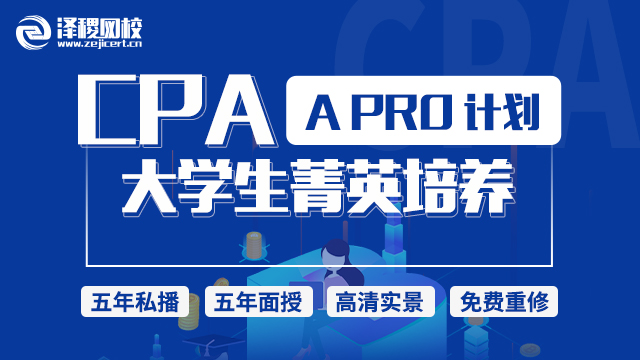
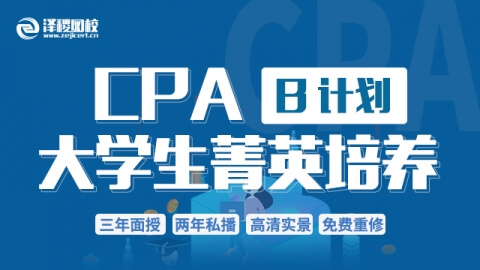
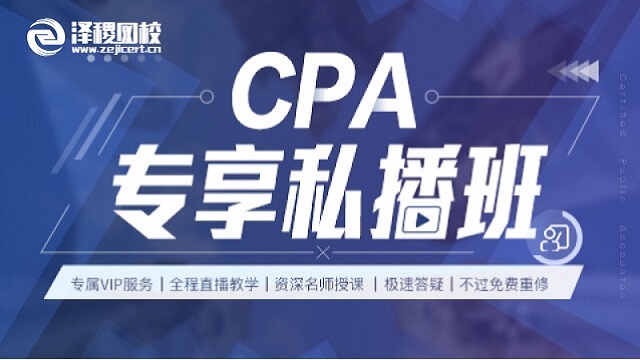

 题库下载
题库下载
 模拟机考
模拟机考




 CFA®成绩查询
CFA®成绩查询



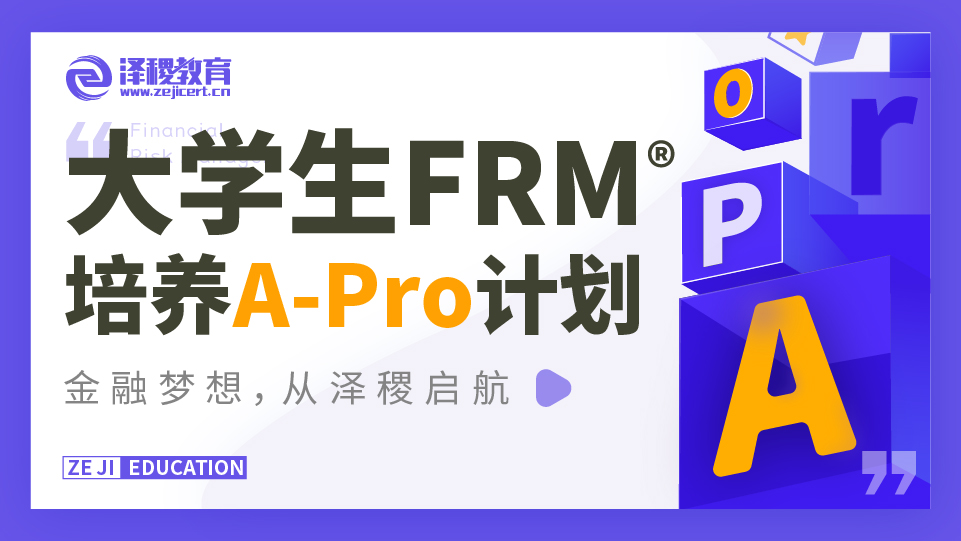
 GARP协会官方认可FRM®备考机构
GARP协会官方认可FRM®备考机构

